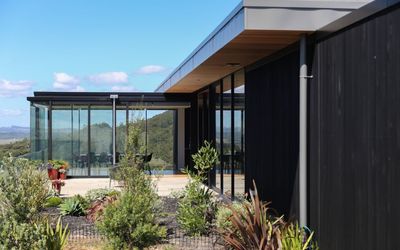There are six important functions that a good warm roof system will resolve. This applies for the design of the building envelope, and for the building performance over time. These six functions are expanded in the following segments.
Airtightness
Unintended airflow and air leakage through the layers of the building envelope carry the risk of thermal energy loss.
Professional energy auditors use blower door tests to help determine a home’s airtightness. An airtightness test result (n50) of ≤ 0.6 air changes/hour is a requirement for Passive House certification. Incorporating Passive House principles makes common sense even if the property is not being built to fully meet these standards. Even well-insulated homes can be hard to heat if draughts constantly replace hot air with cold air. Airtight building and controllable ventilation let occupants manage air replacement for a warmer, healthier, more comfortable home.
A Nuratherm warm roof system does not require any roof space ventilation, as the membrane and vapour control layers form an airtight roof.
Thermal bridge vs. continuous thermal envelope
Whether inspired by Passive House principles or not, most of the architectural community is attempting to design for continuity of the thermal envelope. By removing cold bridges, this will increase both thermal performance and building energy efficiency over time.
Any break in the insulation layer of the thermal envelope will allow heat energy to escape. Thermal bridges such as structural and service roof penetrations and roof joints should be minimised. The simpler the roof design, the better.
The simple test for continuity is to trace or draw a line on the insulation products over a proposed section drawing (of the whole building). If you have to stop or lift the pen because there are uninsulated elements, then the continuity is broken.
Vapour Control
In a warm roof configuration, a vapour barrier layer is recommended to achieve the highest performance standards. Because the insulation is kept dry between the membrane and the vapour barrier, it will retain the R-value performance. In contrast, cold roof insulation products often degrade over time.
The vapour control layer prevents warm moist air from reaching the dew point where it will form condensation. It also acts as an air barrier by preventing air leakage through the roof system.
The vapour barrier to the roof membrane must be properly sealed at roof penetrations and at the roof perimeter. If not, there will be an opportunity for moisture to be drawn into the insulation envelope.
If moisture does enter the insulation, it can create vapour expansion and compromise the roof build up. Without proper vapour management, condensation underneath the membrane arises and therefore the roof is not a true warm roof.
Warm Roof Costs
We suggest that designers balance three key budget-related insights when deciding on a warm roof:
- The cost of the substrate: A cold roof can seem simpler and cheaper, but if it is put over a plywood substrate, screwed and glued over timber roof joists and blocking, there is a costly amount of labour and materials in just the substrate. Talk to Nuralite about the profiled metal substrates that are significantly faster to install and are a cheaper warm roof substrate. Substrate savings can often cover the remaining cost of the warm roof system. Nuralite has had an independent Quantity Surveyor suggest that construction costs of a warm roof could save up to $50 per m² over a cold roof.
- The payoff: What is the cost of long-lasting thermal integrity with continuous insulation and a warm dry roof space? Although a building owner may not receive these payoffs immediately, the occupants of the building will have significantly reduced power consumption and less health implications as a result of the investment. Conversely, a cold roof can be measured against the same issues with opposite impacts
- Educating clients: Sometimes a membrane warm roof will cost more than other roof types — for good reasons. Use this Design Guide to teach your clients and gain their buy-in.
Acoustic Performance
Some projects require the roof to have specific acoustic performance. A roof may be designed to reduce external noise levels or prevent internal noise escaping. Impact noise of rainfall is often considered as well. Often a flat roof build up will be considered acoustically in conjunction with an acoustic ceiling system.
Reputable flat roof systems will have tested Sound Transmission Class (STC) ratings that an acoustic engineer can apply to design calculations.
Thermal insulation (R-value)
Thermal design is concerned with resisting the flow of thermal energy through the roof construction. Thermal performance is measured in R-value. When specifying insulation, the following should be considered:
- The New Zealand Standards are a minimum only and should not be seen as a target.
- Internationally the New Zealand minimum is low. Other countries, including Australia, the United Kingdom and United States, have significantly higher insulation targets.
- It is difficult and costly to retrofit insulation. The best time to fit insulation to the maximum is during the initial build.
In its review of New Zealand’s energy policy, the International Energy Agency stated: “Air leakage through the layers of the building envelope carry the risk of thermal energy loss.”
It has been noted that London and Christchurch have similar climates but required insulation levels are at least double in the UK and, unlike in the UK, New Zealand has no requirements on airtightness.

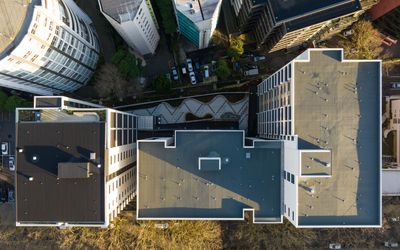.png)
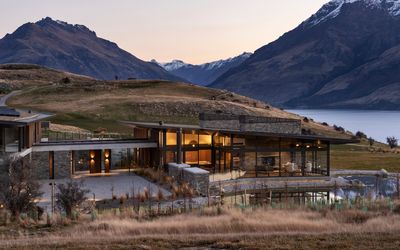
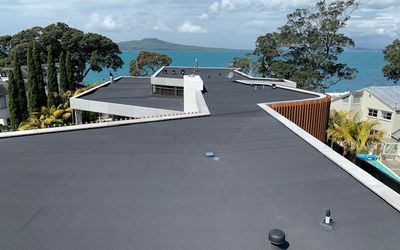
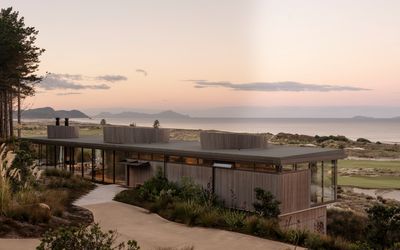
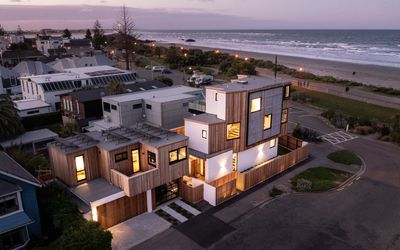
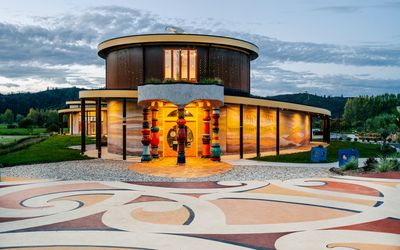


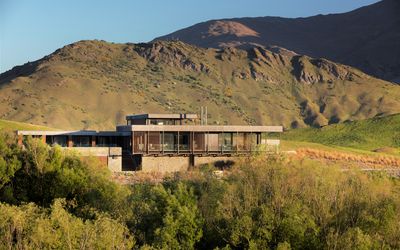

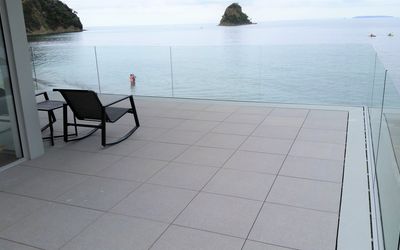
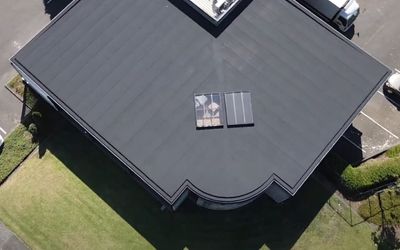

.jpg)

